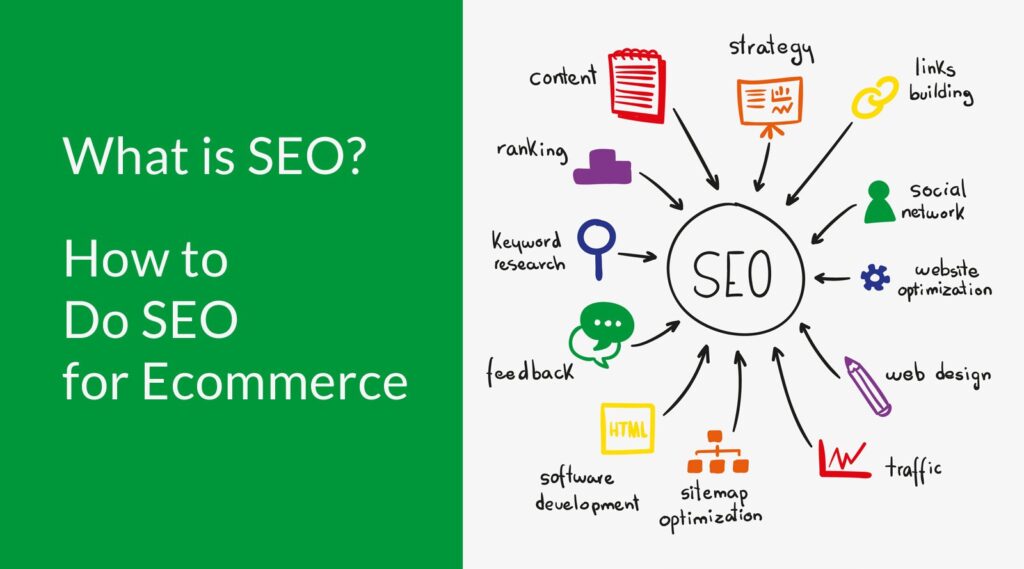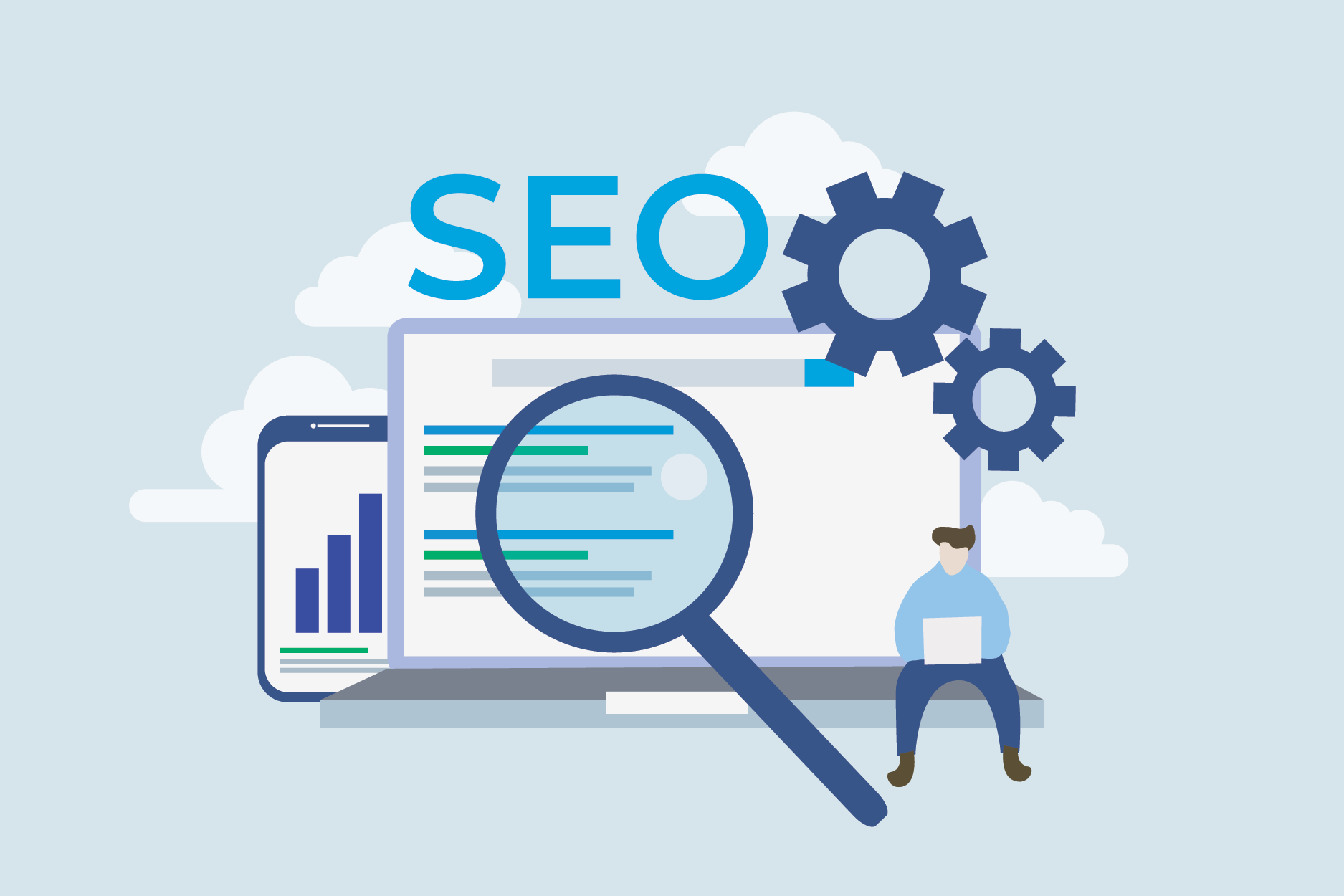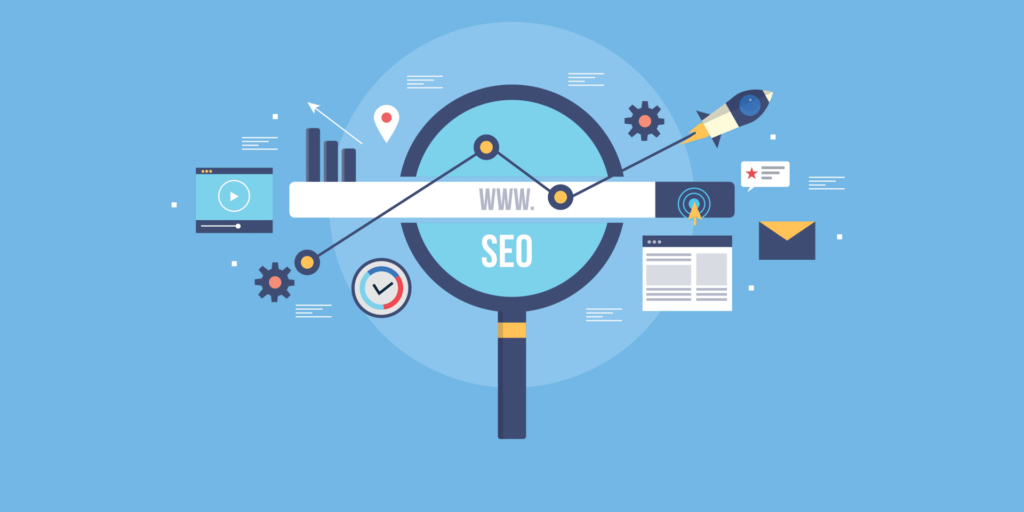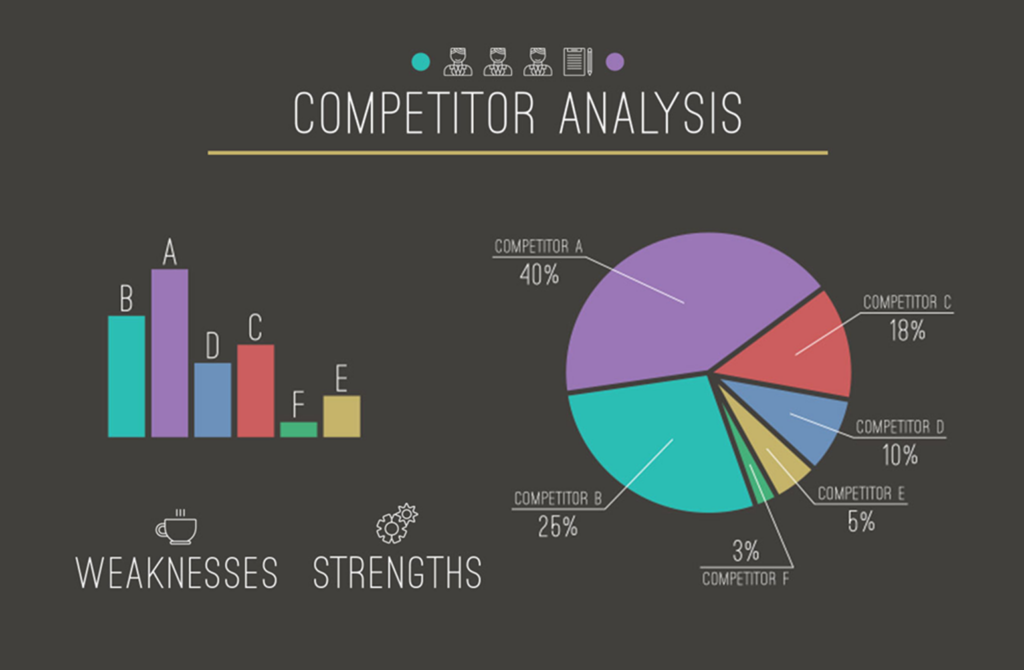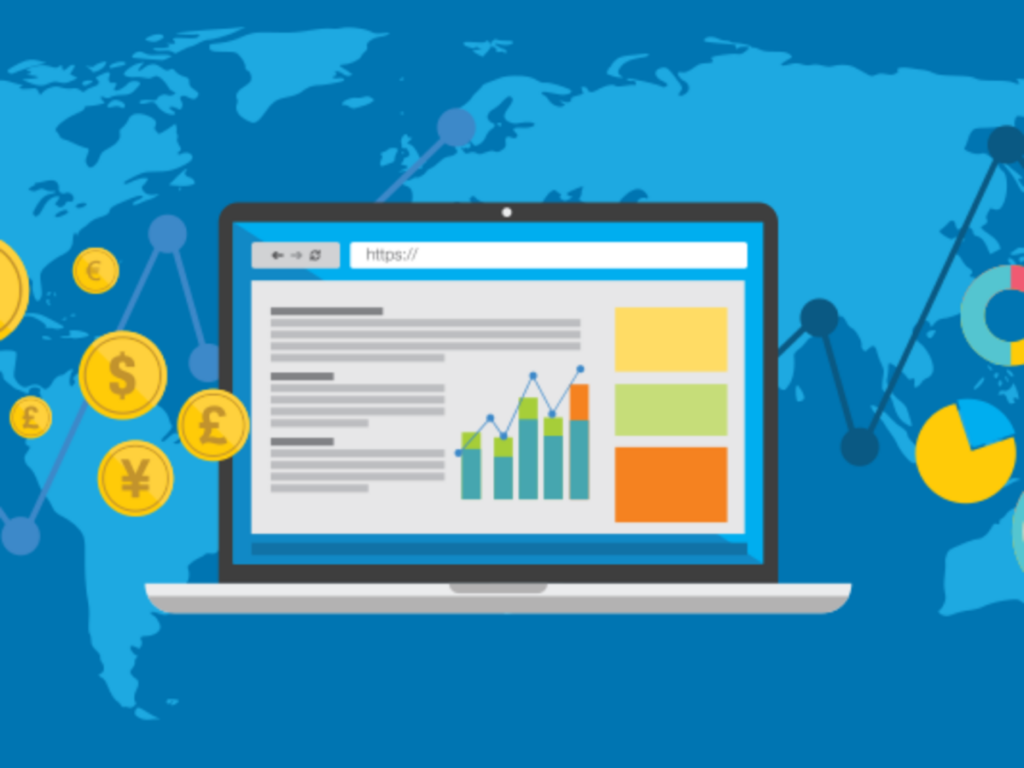
Wireless temperature monitoring systems are a groundbreaking innovation in managing temperature-sensitive environments across various industries. These advanced systems use smart sensors and cloud-based technology to provide real-time temperature data, changing the way businesses ensure quality control and follow regulations.
Whether it’s healthcare facilities protecting essential medications or restaurants prioritising food safety, wireless temperature monitoring is an essential tool for modern operations. This technology eliminates the need for manual temperature checks, offering continuous monitoring and immediate alerts whenever temperatures go beyond set limits.
The impact of these systems goes beyond just tracking temperatures:
- Automated Documentation: Digital records replace paper logs
- Remote Monitoring: Access temperature data from anywhere
- Immediate Alerts: Swift response to temperature fluctuations
- Data Analytics: Insights for operational improvements
These features make wireless temperature monitoring systems a true game-changer, transforming how businesses safeguard temperature-sensitive assets while improving operational efficiency and upholding strict compliance standards.
Benefits of Wireless Temperature Monitoring Systems
Wireless temperature monitoring systems deliver substantial cost reductions through automated processes that eliminate manual temperature checks. These systems can save businesses up to 80% of staff time traditionally spent on temperature logging activities, allowing employees to focus on core operational tasks such as restaurant industry job descriptions.
Key Financial Benefits:
- Reduced labour costs from automated monitoring
- Decreased product waste through early detection
- Lower energy consumption with optimised temperature control
- Minimized equipment maintenance expenses
The automation capabilities extend beyond simple temperature recording. These systems provide comprehensive operational management support through:
- Real-time temperature tracking across multiple locations
- Instant alerts for temperature breaches
- Automated documentation for compliance requirements
- Remote monitoring capabilities via mobile devices
Regulatory Compliance Made Simple
Temperature-sensitive industries face strict regulatory requirements. Wireless monitoring systems maintain detailed digital records that satisfy compliance needs:
- Automated temperature logs at preset intervals
- Time-stamped data for audit trails
- Secure cloud storage of historical records
- Easy access for health inspectors and auditors
Operational Excellence Through Data
The systems transform raw temperature data into actionable insights:
- Customisable reporting dashboards
- Performance trend analysis
- Equipment efficiency monitoring
- Risk assessment capabilities
These digital solutions eliminate paper-based record-keeping errors and provide tamper-proof documentation. The automated alerts enable quick responses to temperature fluctuations, protecting valuable inventory and maintaining product quality standards.
For food service operations, these systems ensure HACCP compliance while streamlining daily operations. Healthcare facilities benefit from precise temperature control for sensitive materials, maintaining strict regulatory standards without increasing staff workload.
The integration of wireless monitoring systems creates a robust framework for operational efficiency, combining cost savings with enhanced compliance measures. This technological advancement represents a significant shift from traditional monitoring methods, providing businesses with tools to maintain high standards while reducing operational costs.
Key Features to Look for in a Wireless Temperature Monitoring System
A robust wireless temperature monitoring system must incorporate essential features that guarantee reliable performance and user-friendly operation. Here are the critical components businesses should evaluate when selecting their monitoring solution:
Real-Time Alert Systems
Smart alert mechanisms serve as the first line of defence against temperature fluctuations. These systems:
- Send instant notifications via SMS, email, or mobile apps
- Allow customisation of temperature thresholds based on specific product requirements
- Enable immediate response to prevent product spoilage
- Track multiple zones simultaneously with distinct alert parameters
Automated Record-Keeping Capabilities
Digital documentation eliminates manual tracking inefficiencies through:
- 24/7 Continuous Monitoring: Uninterrupted data collection without human intervention
- Accurate Data Logging: Precise temperature readings at predetermined intervals
- Secure Cloud Storage: Protected access to historical data for analysis and auditing
- Automated Report Generation: Scheduled creation and distribution of compliance reports
Customisable Software Interface
The system’s software platform should adapt to unique operational needs:
- Configurable dashboards displaying relevant metrics and KPIs
- Flexible user permission settings for different staff roles
- Integration capabilities with existing business management systems
- Mobile accessibility for remote monitoring and management
These advanced features transform temperature monitoring from a basic requirement into a strategic asset. The combination of real-time alerts, automated record-keeping, and customisable interfaces creates a comprehensive solution that safeguards product quality while streamlining operations.
Modern systems also incorporate API connectivity, allowing businesses to integrate temperature data with other operational systems. This integration capability enables a unified approach to facility management, inventory control, and quality assurance processes.
Case Study: Squizify’s Comprehensive Compliance Solution
Squizify is a leading provider of wireless temperature monitoring solutions, transforming operational excellence and food safety management in various industries. This all-in-one platform combines innovative hardware with advanced software features to offer unparalleled compliance solutions.
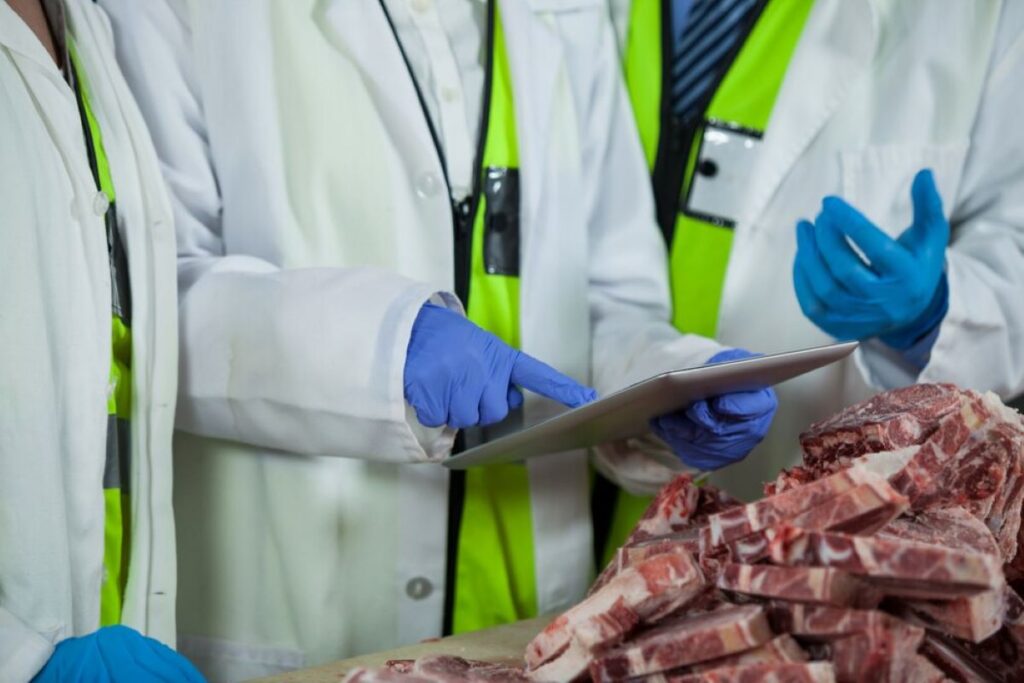
Key Features That Set Squizify Apart:
- Tailored Digital Checklists: Customisable templates adapt to specific industry requirements, from hospitality to healthcare
- Advanced Auditing Tools: Built-in capabilities for thorough compliance tracking and reporting
- Precision Hardware: State-of-the-art sensors for accurate temperature monitoring across multiple points
- Integrated Label Printing: Streamlined food labelling system for enhanced traceability
- Freight Monitoring: Specialised solutions for temperature-sensitive transport operations
The platform’s success is evident across multiple sectors. In aged care facilities, Squizify’s automated monitoring systems have reduced compliance-related workload by up to 75%, allowing staff to focus on resident care. Healthcare institutions utilise the system’s 24/7 accessibility to maintain strict temperature controls for sensitive medical supplies and vaccines.
Supermarket chains implementing Squizify have reported significant improvements in food safety management:
“The automated record-keeping system has eliminated manual temperature logging, saving our staff 2 hours daily while ensuring 100% accurate documentation” – Major Supermarket Chain Manager
The platform’s impact extends to manufacturing solutions, where real-time monitoring prevents product loss and ensures quality control. Child care centres benefit from the system’s automated alerts, maintaining safe food storage temperatures for vulnerable young children.
The secure SaaS platform enables:
- Remote access to critical data via internet-connected devices
- Instant compliance reporting for regulatory inspections
- Seamless integration with existing operational systems
- Customised solutions based on specific business needs
Through personalised discovery calls and demonstration sessions, Squizify adapts its comprehensive solution to meet unique operational challenges across different industries.
Improving Operational Efficiency with Advanced Analytics
Advanced analytics in wireless temperature monitoring systems is changing the game for operational efficiency. By using data-driven insights and automated decision-making processes, these systems are able to make sense of large amounts of temperature data and turn it into actionable intelligence.
Benefits of Predictive Maintenance
One area where advanced analytics is making a big impact is in predictive maintenance. This approach allows businesses to identify potential equipment failures before they happen, leading to significant cost savings and improved uptime. Here are some of the key benefits of predictive maintenance:
- Early detection of equipment issues through pattern recognition
- Identification of potential failures before they occur
- Reduction in unexpected downtime and maintenance costs
- Extended lifespan of equipment through timely interventions
- Optimised maintenance scheduling based on actual usage patterns
How Advanced Analytics Helps with Predictive Maintenance
The integration of machine learning algorithms into wireless temperature monitoring systems is what sets them apart. These algorithms are able to establish baseline performance metrics and detect subtle deviations that might indicate upcoming equipment problems. By taking a proactive approach, businesses can avoid expensive emergency repairs and maintain smooth operations.
Resource Optimisation Through Smart Analytics
Another area where advanced analytics is proving to be beneficial is resource optimisation. With the ability to monitor energy consumption patterns in real-time and make automated temperature adjustments based on usage patterns, businesses can significantly reduce waste and improve efficiency. Here are some ways in which smart analytics is helping with resource optimisation:
- Real-time monitoring of energy consumption patterns
- Automated temperature adjustments based on usage patterns
- Waste reduction through precise management of storage conditions
- Dynamic allocation of resources based on demand forecasting
- Integration with building management systems for enhanced efficiency
Energy Savings Through Intelligent Temperature Management
One specific application of advanced analytics in resource optimisation is intelligent temperature management for storage environments. By analysing historical data and usage patterns, businesses can gain insights into when peak and off-peak hours occur and adjust their temperature settings accordingly. This not only leads to energy savings but also ensures that products are stored at optimal conditions.
Inventory Management Benefits from Temperature Data Analysis
In addition to energy savings, advanced analytics also has implications for inventory management. By tracking temperature-sensitive inventory in real-time and generating automated alerts for potential storage issues, businesses can prevent product spoilage and optimise stock rotation. This ultimately results in reduced waste and improved profitability.
Supporting Compliance Requirements with Digital Records
As regulations around food safety and product quality become more stringent, maintaining compliance is becoming increasingly important for businesses. Advanced analytics can play a crucial role in supporting these compliance requirements by providing detailed digital records of temperature variations and corrective actions taken.
By having this data readily available, businesses can demonstrate their commitment to maintaining proper storage conditions and meeting regulatory standards. This not only helps avoid penalties but also builds trust with customers who rely on them for safe handling of perishable goods.
Continuous Improvement through Data-Driven Insights
Finally, one of the key advantages of advanced analytics is its ability to drive continuous improvement within organisations. By regularly reviewing reports on storage condition trends or conducting analyses on energy consumption patterns, businesses can identify areas where further optimisations can be made.
This iterative process ensures that operational efficiency remains a top priority even as new challenges arise or circumstances change over time.
With all these benefits combined – from predictive maintenance strategies that minimise downtime to resource optimisation efforts that reduce waste – it’s clear why many companies are turning towards advanced analytics as a solution for enhancing their operations.
Whether it’s through implementing wireless temperature monitoring systems equipped with machine learning capabilities or leveraging existing data sources such as building management systems, there are numerous opportunities available for organisations looking to improve their efficiency levels.
The key lies in understanding how best utilise these tools at disposal while fostering a culture openness towards experimentation innovation throughout entire organisation
Ensuring Transparency and Accessibility Throughout the Supply Chain
Creating a strong foundation for quality assurance and stakeholder trust requires transparent temperature monitoring across supply chains. This digital accessibility empowers manufacturers, distributors, and end consumers to track temperature-sensitive products in real-time, establishing clear accountability at each stage of the journey.
Key Benefits of Supply Chain Transparency:
- Real-time Visibility: Stakeholders gain immediate access to temperature data through secure cloud-based platforms
- Documentation Trail: Automated recording creates unalterable proof of proper handling
- Quick Issue Resolution: Rapid identification of temperature breaches allows swift corrective actions
The transformation of supply chain transparency into a collaborative effort is remarkable. When temperature data becomes accessible to all parties, it creates opportunities for:
- Streamlined quality verification processes
- Enhanced supplier-customer relationships
- Reduced disputes through documented evidence
- Improved risk management strategies
Implementing systems like Squizify enables seamless data sharing across different stakeholders. Through customisable access levels, each party receives relevant temperature data tailored to their specific needs. This targeted information sharing helps:
- Manufacturers validate product quality during transit
- Distributors ensure proper storage conditions
- Retailers verify incoming shipment compliance
- Consumers trust product safety and handling
Digital accessibility also strengthens traceability during quality investigations. When temperature-related issues arise, stakeholders can quickly access historical data to identify the root cause and implement preventive measures for future shipments.
Moreover, supply chain transparency not only enhances the overall efficiency but also builds a robust framework for accountability and trust among all stakeholders involved.

Conclusion
Wireless temperature monitoring systems are a game-changing investment for businesses managing temperature-sensitive environments. These systems offer:
- Enhanced Reliability: Automated monitoring eliminates human error and ensures consistent temperature control
- Improved Safety: Real-time alerts prevent costly product losses and protect consumer health
- Cost-Effective Operations: Reduced labour costs and waste through automated processes
- Regulatory Compliance: Comprehensive documentation and reporting capabilities
The adoption of wireless temperature monitoring technology marks a significant shift from traditional manual methods to smart, data-driven operations. Businesses in healthcare, hospitality, manufacturing, and retail can benefit from streamlined processes, enhanced product quality, and strengthened stakeholder trust.
Implementing these systems isn’t just a technological upgrade—it’s a strategic decision that positions organisations for long-term success in an increasingly competitive marketplace. As regulatory requirements become more stringent and consumer expectations rise, wireless temperature monitoring systems are becoming essential tools for modern business operations.
Related : Restaurant Temperature Monitoring: Tools to Stay Compliant






